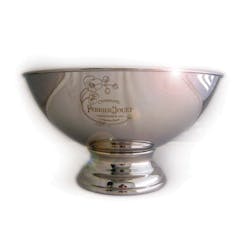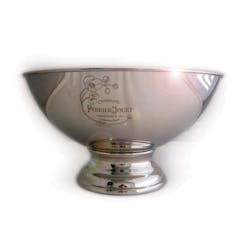This Update from Charles Dean of Finmark Ltd., with 12 years of experience in laser marking stainless steel, is not meant to be particularly technical, but more of a guide to help customers choose what kind of mark they would like. Industrial Laser Solutions appreciates his sharing his thoughts with our readers.
Hersham, Surrey, UK - Proprietary pastes are sometimes used to blacken a stainless steel surface when marking with CO2 lasers. However, they add a process step that is usually unnecessary when using a Nd:YAG laser. These pastes are not compatible with any of the specifications for the medical components that Finmark marks.
Finmark uses Q-switched Nd:YAG, lamp, or diode pumped lasers combined with flat field lenses. The lenses range from 100-410 mm. The laser powers used range from is 20-120 W, but the beam is often apertured down.
Different effects can be achieved with a Nd:YAG marking laser on most metals by optimizing the laser power, speed, pulse frequency, and focus. Stainless steel, however, allows a greater variation in visual effect than most metals - in Finisar's experience, titanium is the only other metal that comes close. With titanium, color is fairly easy to achieve, and even stainless steel can be colored under certain conditions.
Broadly speaking, stainless steel can be marked black, different shades of brown (which are not particularly visually appealing), gold, white, and with a polished mark where the surface appears smoother than the surrounding area and so reflects light differently. These are surface marks of almost no depth. The surface also can be engraved, although the material removal rate is very low compared to what can be achieved by mechanical methods.
This Update item first appeared in the AILU newsletter and was reprinted with permission.

